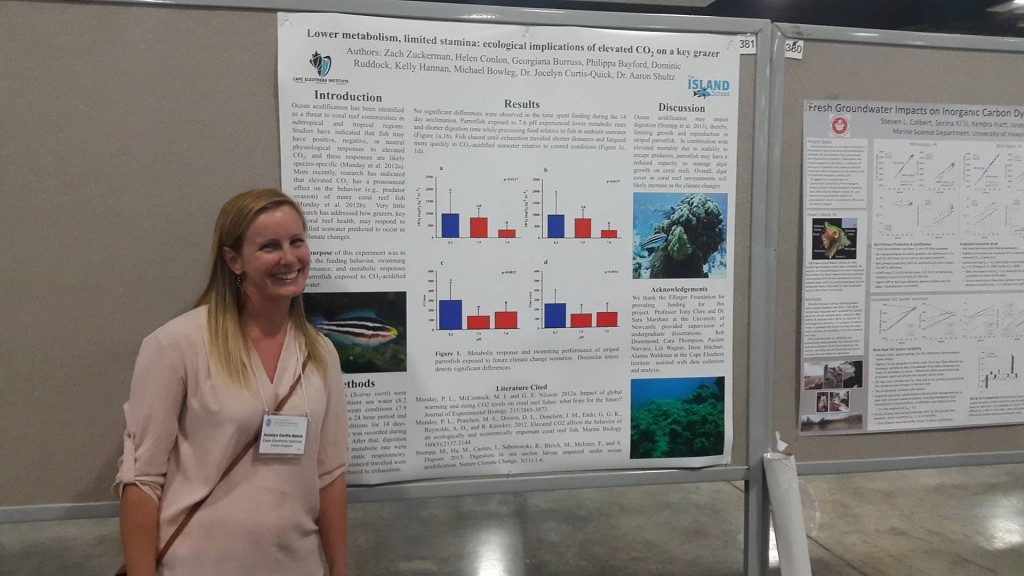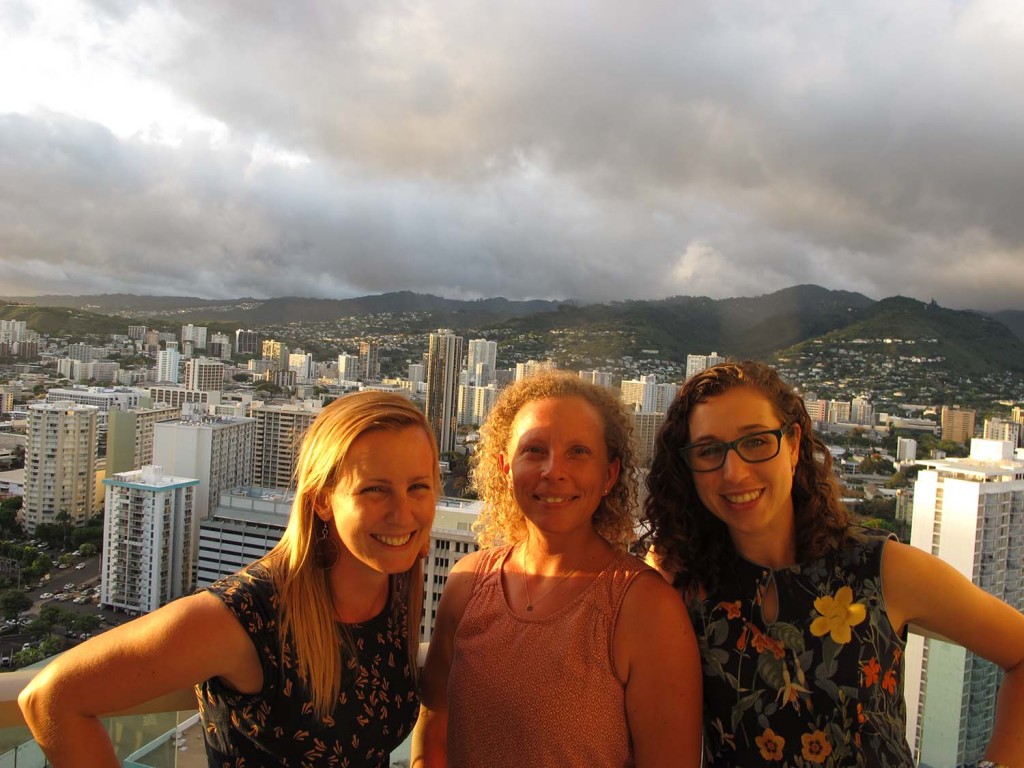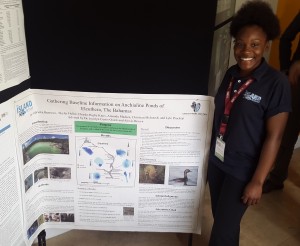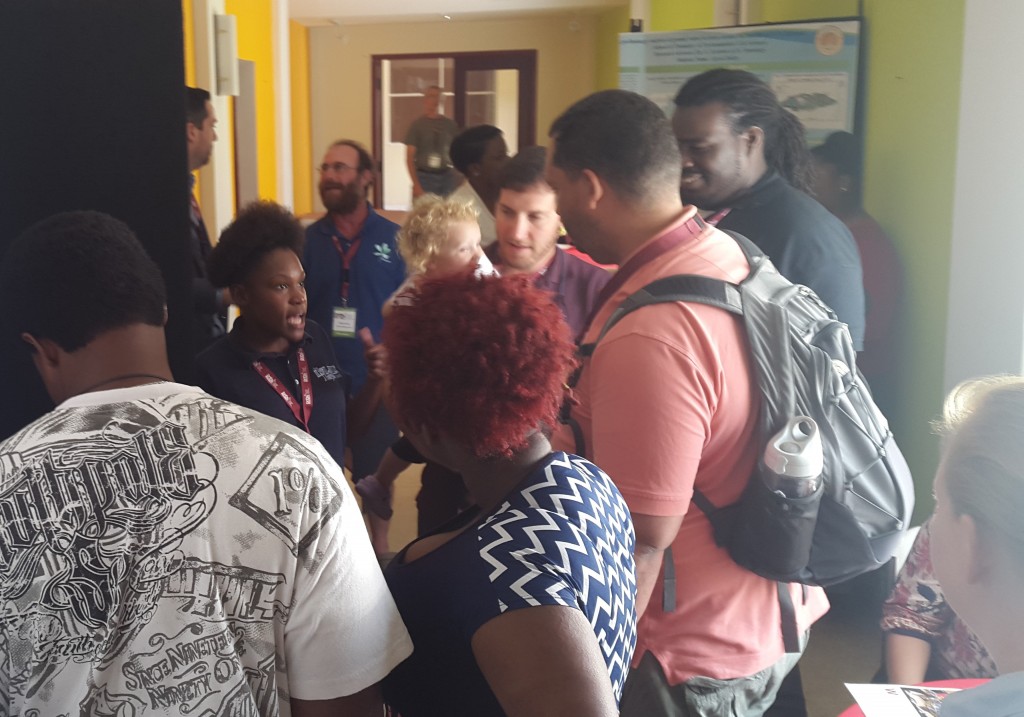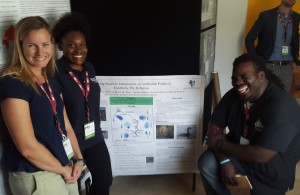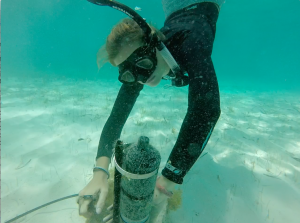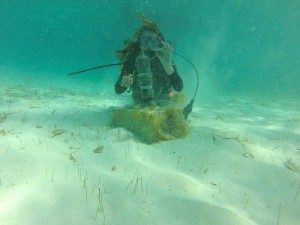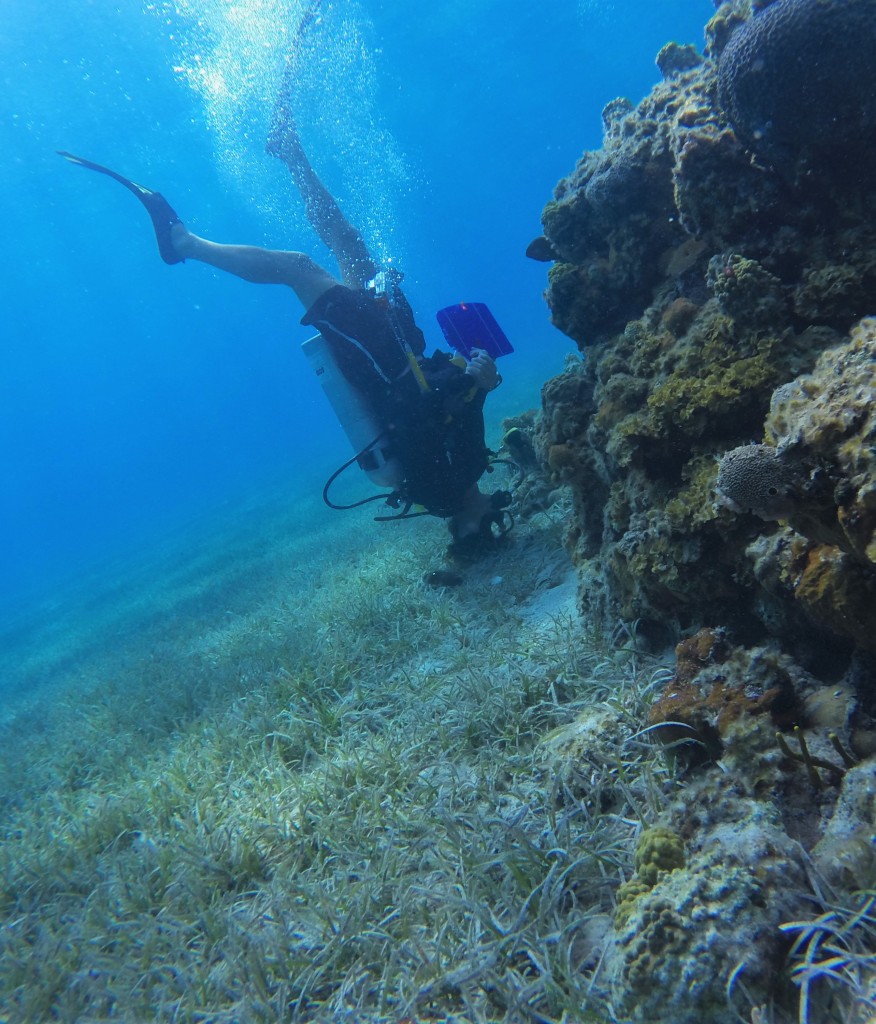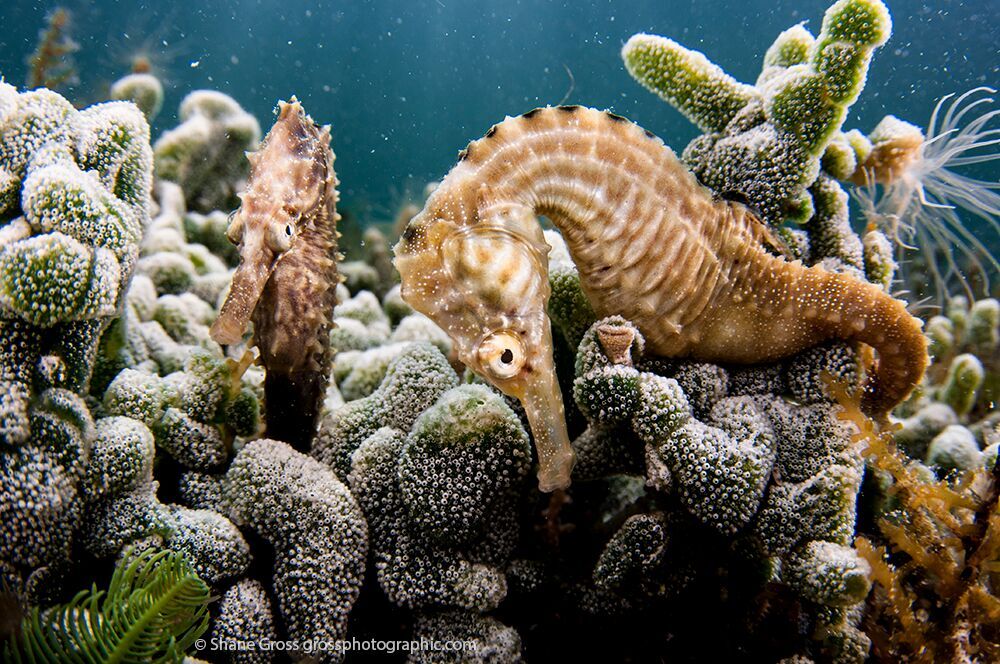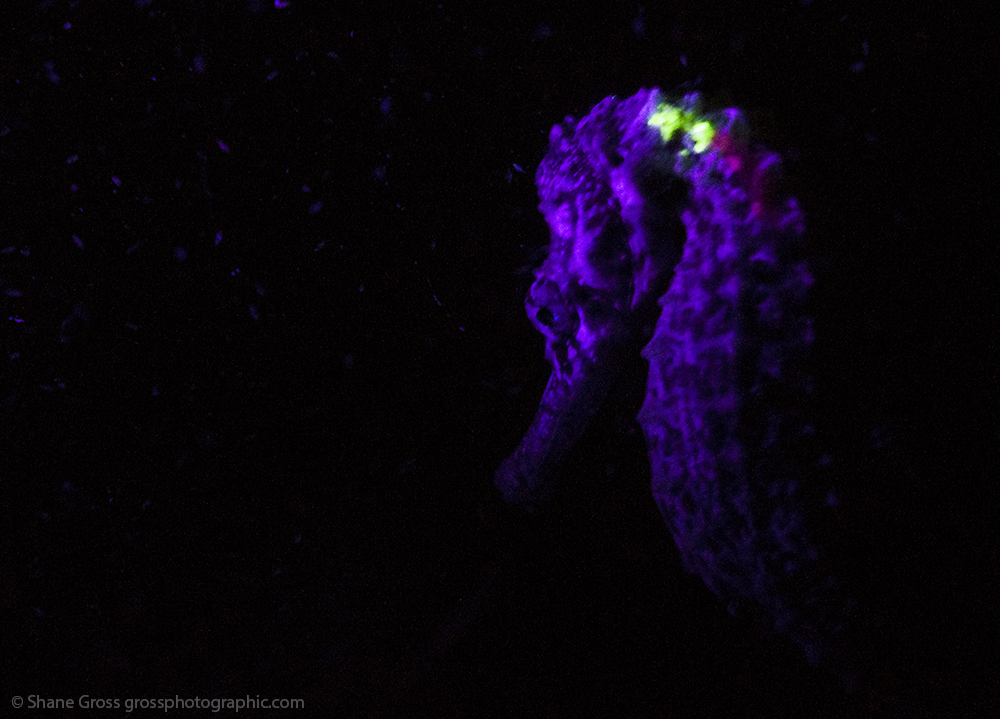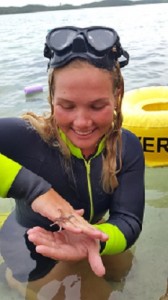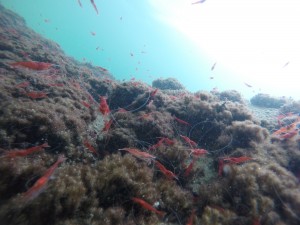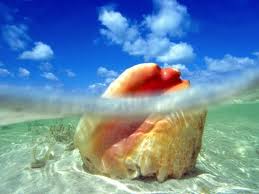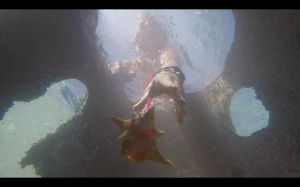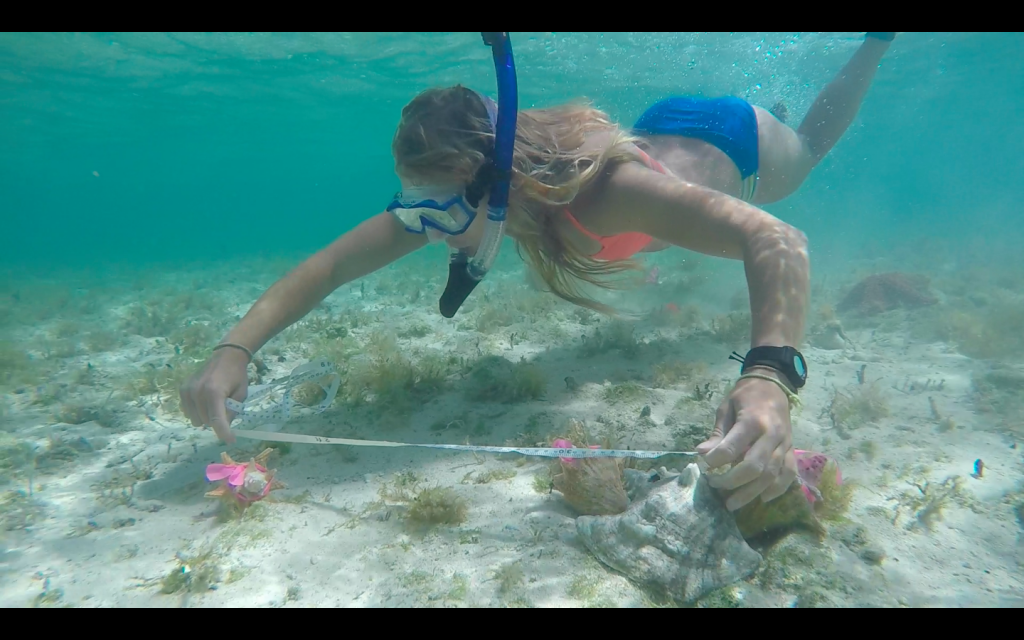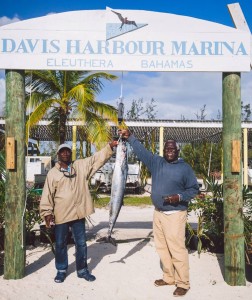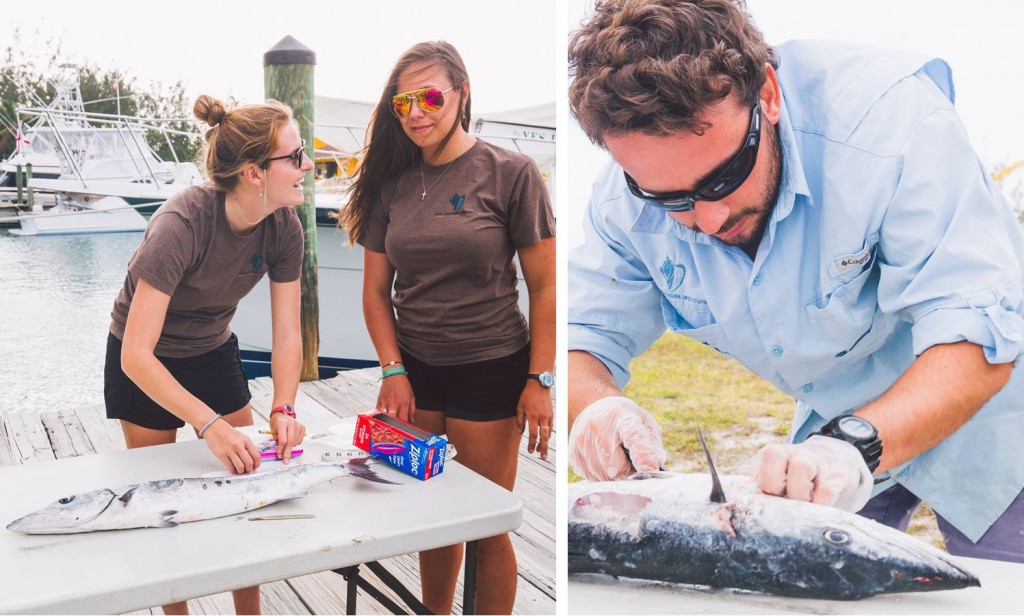Elkhorn (Acropora palmata) and staghorn (Acropora cervicornis) corals are major reef-building corals found off the shores of Florida and throughout the Caribbean. In recent decades there has been a widespread decline in distribution and abundance of elkhorn and staghorn corals. Their decline is the product of compounding effects from local stressors and global factors linked to climate change including ocean acidification, sea level rise, coral bleaching, disease, and the increased severity of hurricanes. The loss of the Acropora species negatively affects the reef function and structure. This summer, McMaster University student, Heather Summers, in collaboration with Operation Wallacea and the Cape Eleuthera Institute, has been investigating the abundance and distribution of the Acroporid coral populations in South Eleuthera, Bahamas.
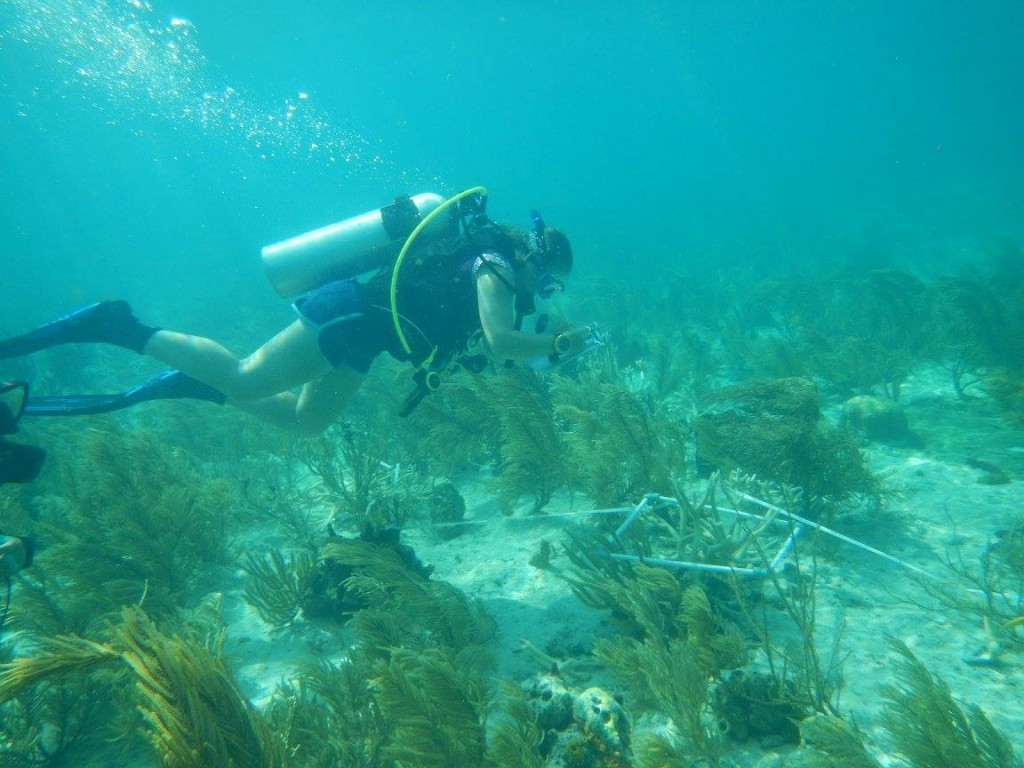
The purpose of this study is to collect qualitative and quantitative observations of coral reefs for use in the development of a mathematical model that will help describe these complex marine ecosystems. The data collected includes benthic assessment, species abundance, bleaching status, and environmental conditions of temperature, pH, and salinity. At each site transects are laid out and benthic communities are assessed using habitat assessment scores (HAS) and the line-point-intercept method in order to quantify the coverage of live scleractinian coral and macroalgae. This research project also investigates the impact of predation and herbivory on coral health by recording the abundance of key fish families and invertebrates including Diadema antillarum, Scaridae, Acanthuridae, Pomacentridae, and Pterois. The information amassed by this research project can help inform decisions on coral nursery site selection and identify potential donor colonies for regeneration in the nursery.
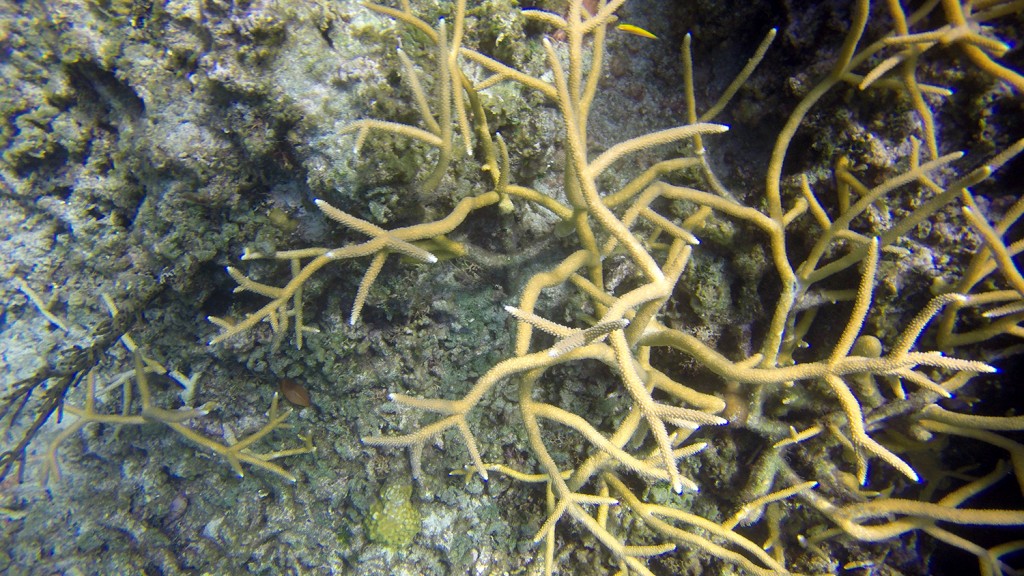
Coral reefs are complex, dynamic marine biomes and their health is reliant upon many factors. This complexity makes coral reefs ideal platforms for the development, testing, and validation of mathematical models that can be used to help explain and predict the impacts of adverse conditions on Acropora health.
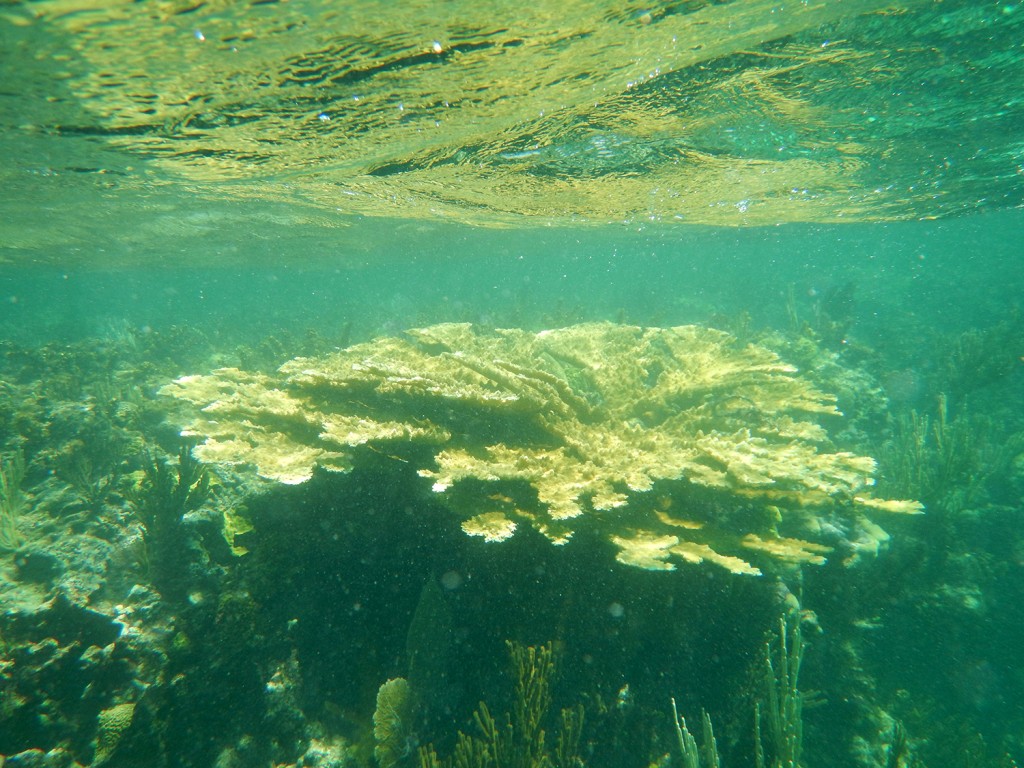
If you spot any elkhorn or staghorn on Eleuthera or elsewhere throughout the Bahamas please report it to us! info@ceibahamas.org


